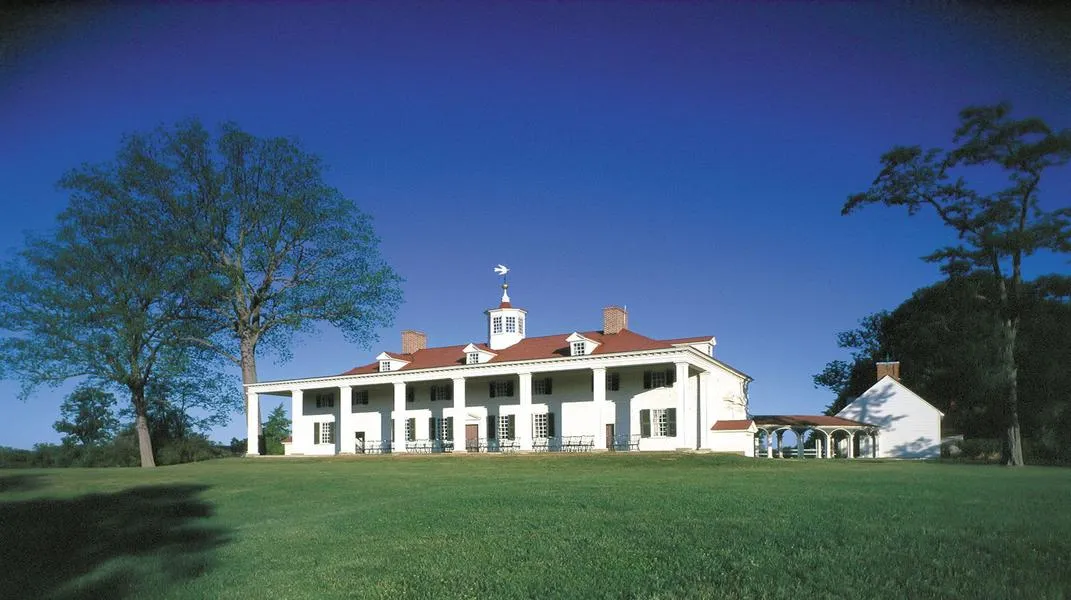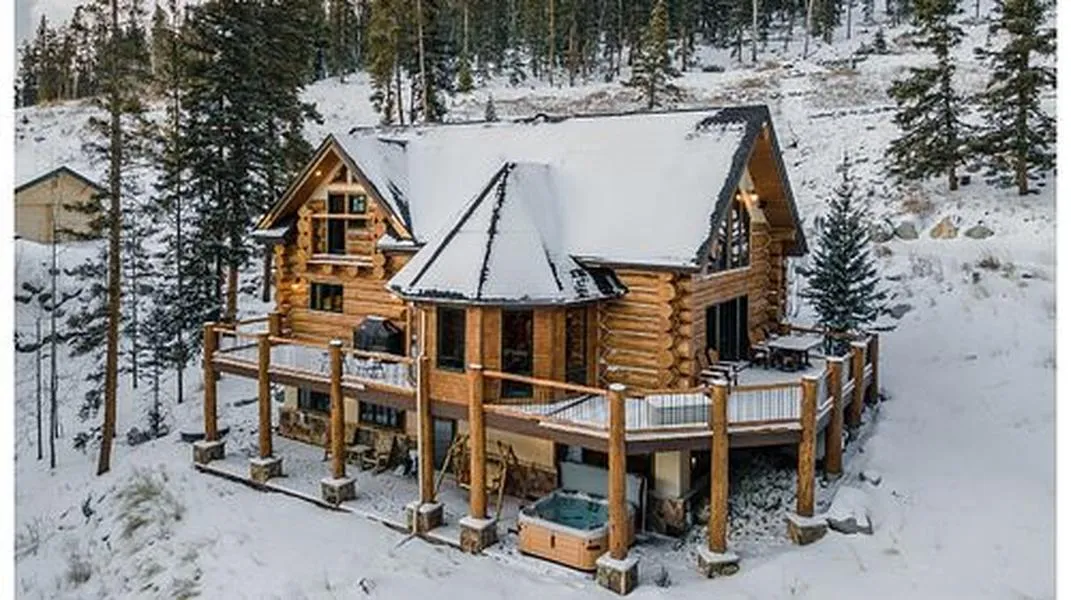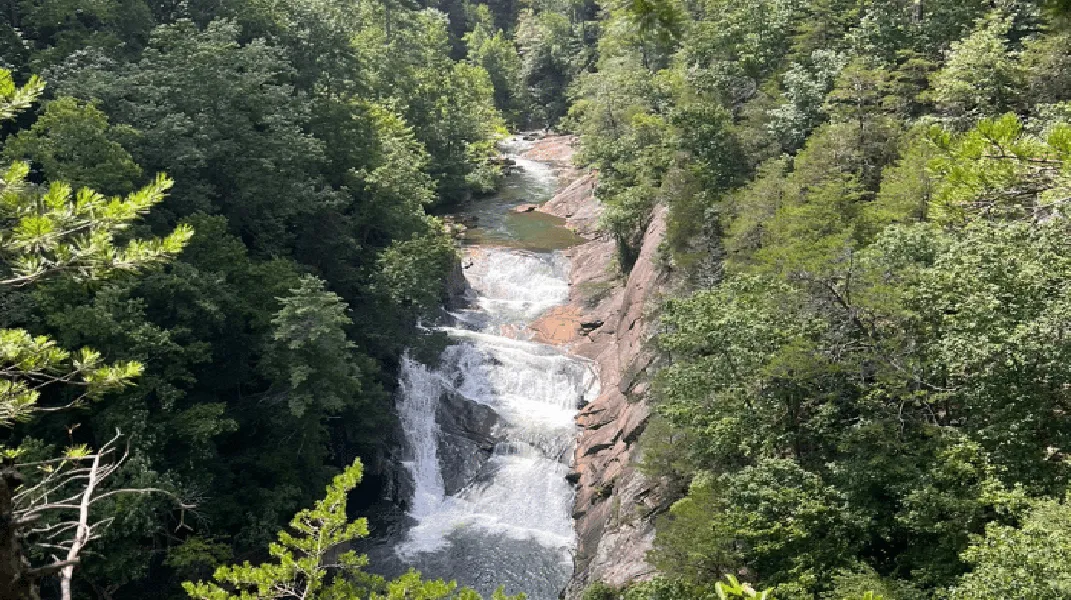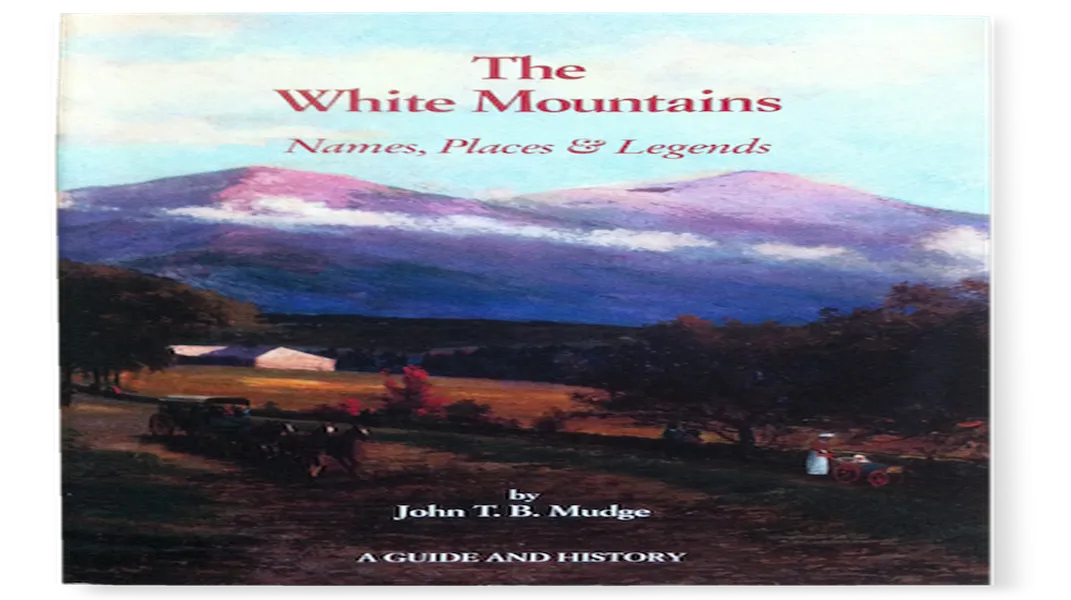Discovering Mount Vernon: A Journey into History
Nestled along the serene banks of the Potomac River in Virginia, Mount Vernon is not just a beautiful estate; it is a monument to American history and the legacy of one of the nation’s Founding Fathers, George Washington. This historic plantation, which was once the home of the first President of the United States, attracts millions of visitors each year who seek to learn about Washington's life, the early years of the United States, and the significance of this iconic estate.

The Historical Significance of Mount Vernon
Mount Vernon was originally built by George Washington's great-grandfather in the early 1700s and later expanded by Washington himself. The estate covers approximately 500 acres and offers breathtaking views of the Potomac River. It is a place where history comes alive, allowing visitors to immerse themselves in the 18th-century lifestyle of the Washington family and gain insights into the life of George Washington, both as a leader and a private citizen.
Visitors to Mount Vernon can explore the mansion, which features a neoclassical design and is furnished with original artifacts and pieces collected by Washington. The estate also includes beautiful gardens, a working farm, and several outbuildings, such as the slave quarters and the blacksmith shop, which provide context to the lives of those who worked on the plantation.
Attractions at Mount Vernon
1. The Mansion
The centerpiece of Mount Vernon is undoubtedly the mansion itself. With its iconic cupola and expansive verandas, the mansion is a stunning example of 18th-century architecture. Inside, visitors can take guided tours to learn about the rooms, each carefully curated to reflect the period. Highlights include the Grand Hall, where Washington greeted guests, and the bedroom where he spent his final days. The mansion is furnished with an array of artifacts, including Washington’s personal belongings, paintings, and period furniture, providing a glimpse into his life.
2. The Gardens
Washington had a deep appreciation for horticulture, and his estate reflects this passion. The gardens at Mount Vernon are meticulously maintained and include a variety of plants, flowers, and herbs that were cultivated during Washington's time. Visitors can stroll through the formal gardens, the kitchen garden, and the fruit and vegetable gardens, all of which showcase the agricultural practices of the 18th century.
3. The Farm
The working farm at Mount Vernon is a vital part of the estate, illustrating the agricultural practices of the time. Visitors can see livestock, including sheep and chickens, and learn about the crops that were grown on the property. The farm also features historical demonstrations, such as blacksmithing and woodworking, providing a hands-on experience of colonial life.
4. The Museum and Education Center
The Donald W. Reynolds Museum and Education Center is an essential stop for visitors. This state-of-the-art facility houses interactive exhibits, artifacts, and a film about Washington's life and legacy. The museum offers insights into the Revolutionary War, the writing of the Constitution, and Washington's presidency, making it an educational experience for all ages.
5. The Tomb of George and Martha Washington
One of the most poignant sites on the estate is the tomb of George and Martha Washington, located on the grounds. The tomb is a solemn place where visitors can pay their respects to the couple. George Washington’s will stipulated that he wished to be buried at Mount Vernon, and the tomb serves as a reminder of his lasting impact on the nation.
6. The Distillery and Gristmill
In addition to the main estate, visitors can explore the replica distillery and gristmill located just a short distance from the mansion. Washington was known for his whiskey production, and the distillery illustrates the process of making whiskey in the 18th century. The gristmill showcases how grain was processed into flour, further emphasizing the agricultural heritage of Mount Vernon.
Preparing for Your Visit
A trip to Mount Vernon requires some planning to ensure a fulfilling experience. Here are essential materials and tips to prepare for your visit:
1. Tickets and Reservations
Before heading to Mount Vernon, it is advisable to purchase tickets in advance. The estate often experiences high visitor traffic, especially during peak tourist seasons in spring and summer. Tickets can be purchased online through the official Mount Vernon website, where you can also check for any special events or programs that may coincide with your visit.
2. Guided Tours vs. Self-Guided Tours
Decide whether you want to participate in a guided tour or explore the estate on your own. Guided tours provide in-depth information and insights from knowledgeable staff, while self-guided tours allow for a more leisurely pace, giving you the freedom to explore areas that interest you most.
3. Appropriate Clothing and Footwear
Given the outdoor nature of Mount Vernon, wear comfortable clothing and sturdy footwear. The estate features a variety of terrains, including manicured lawns, gardens, and gravel paths. If visiting during warmer months, consider wearing a hat and sunscreen, as much of the experience is outdoors.
4. Plan Your Day
Mount Vernon is a large estate with many attractions, so consider creating a rough itinerary for your visit. Allocate time for the mansion tour, museum exhibits, gardens, and farm. The average visit can last anywhere from 2 to 4 hours, but you may want to spend longer if you wish to fully absorb the history and beauty of the site.
5. Bring Essentials
Pack a small bag with essentials, including water, snacks, a camera, and a notebook if you wish to jot down notes or reflections during your visit. While there are dining options on-site, having a few snacks can be helpful, especially for families with children.
6. Accessibility Considerations
Mount Vernon strives to be accessible to all visitors. Wheelchair rentals are available, and pathways are designed to accommodate those with mobility challenges. It is advisable to check the Mount Vernon website in advance for any specific accessibility information.
7. Engage with Staff and Programs
Take advantage of the knowledgeable staff on-site. They can provide valuable insights and answer any questions you may have. Additionally, keep an eye out for special programs, demonstrations, and talks that may be happening during your visit.
Conclusion
Mount Vernon is more than just a historical site; it is a testament to the life and legacy of George Washington and a reflection of America’s early years. With its stunning architecture, beautiful gardens, and engaging exhibits, it offers a unique opportunity to connect with the past and understand the principles that shaped the nation.
Whether you are a history enthusiast, a family looking for an educational outing, or someone simply seeking a beautiful place to explore, Mount Vernon is a destination that should not be missed. By preparing properly for your visit, you can ensure a memorable experience that pays homage to one of America’s most revered figures. So pack your bags, grab your tickets, and get ready to step back in time at Mount Vernon!




